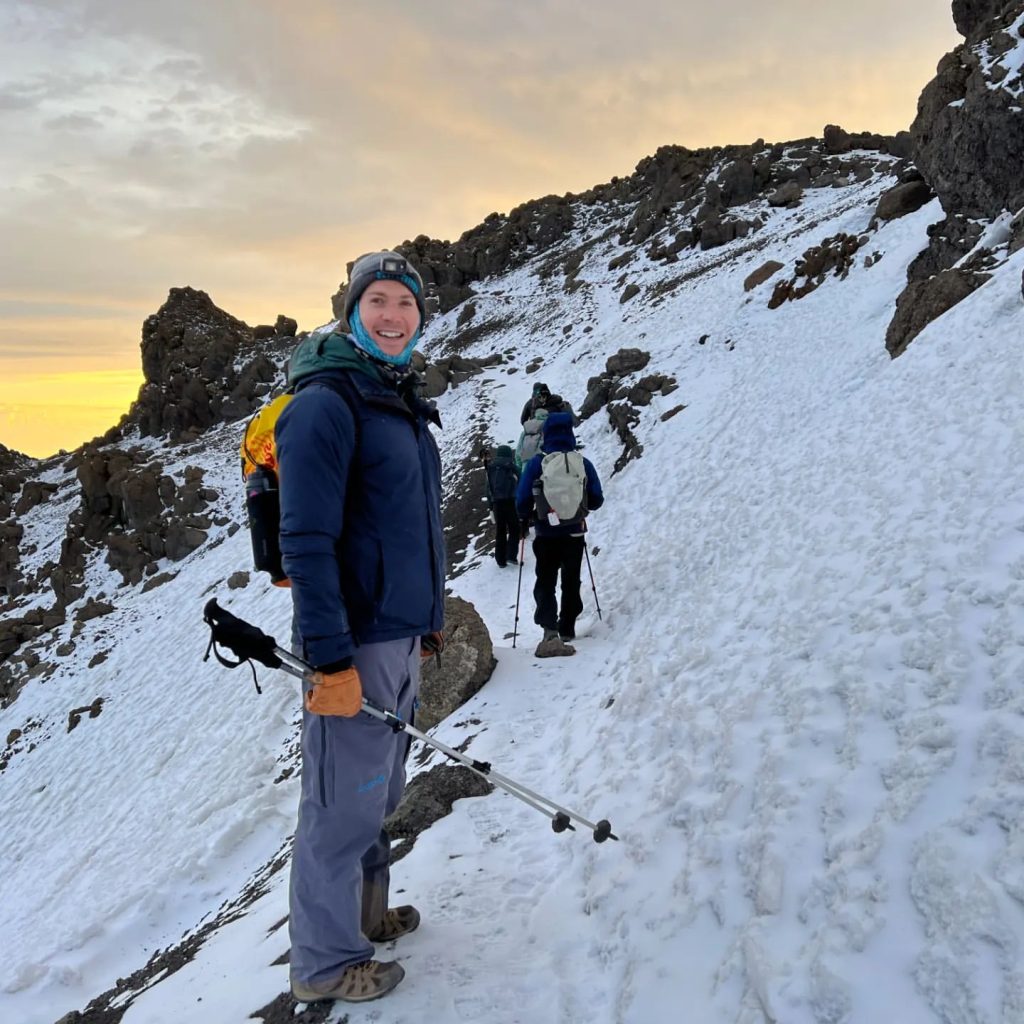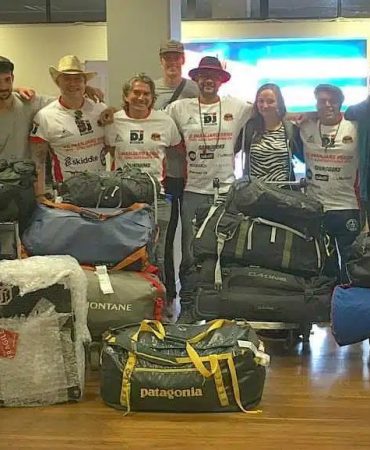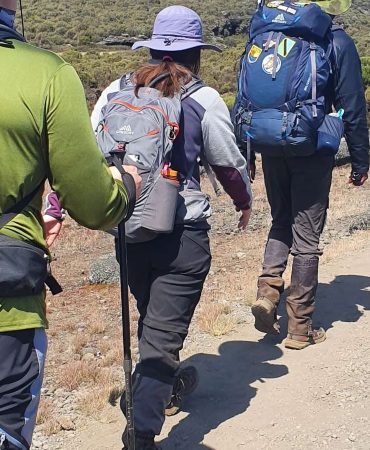Climbing Mount Kilimanjaro brings 5 epic challenges, from altitude to endurance. Prepare for an unforgettable adventure on Africa’s highest peak! Book now!



Climbing Mount Kilimanjaro
Introduction
Climbing Mount Kilimanjaro is an awe-inspiring journey that promises unparalleled adventure and breathtaking vistas. Nestled in the heart of Tanzania, this majestic peak attracts thrill-seekers and nature enthusiasts from around the globe. In this article, we delve into the thrilling wonders of embarking on an East Africa safari in Tanzania and present five compelling reasons why climbing Mount Kilimanjaro should be on your bucket list.
Why Choose Mount Kilimanjaro for Your Next Adventure?
Embarking on an expedition to Mount Kilimanjaro offers a myriad of unique experiences and unforgettable memories. Here are some compelling reasons why this East Africa safari destination should be at the top of your travel itinerary:
Experience the Roof of Africa
Climbing Mount Kilimanjaro grants you the opportunity to stand atop the highest peak in Africa, known as the “Roof of Africa.” Gazing out from Uhuru Peak, the summit of Kilimanjaro, you’ll be rewarded with panoramic views that stretch as far as the eye can see. The sense of accomplishment and awe-inspiring beauty of the surrounding landscape make this moment truly unforgettable.
Explore Diverse Ecological Zones
As you ascend Kilimanjaro’s slopes, you’ll journey through distinct ecological zones, each boasting its own unique flora and fauna. From lush rainforests teeming with life to alpine deserts punctuated by otherworldly rock formations, the diverse landscapes you’ll encounter offer a fascinating glimpse into the natural wonders of East Africa.
Challenge Yourself Mentally and Physically
Climbing Mount Kilimanjaro is a test of both physical endurance and mental resilience. As you navigate rugged terrain and varying altitudes, you’ll push your limits and discover newfound strength within yourself. Overcoming obstacles along the way will leave you with a profound sense of accomplishment and empowerment.
Immerse Yourself in Tanzanian Culture
Beyond the thrill of the climb itself, an East Africa safari in Tanzania offers the opportunity to immerse yourself in the rich cultural tapestry of the region. Interacting with local guides and communities along the way provides valuable insights into Tanzanian traditions, customs, and way of life, enriching your overall experience.
Witness Spectacular Wildlife
Tanzania is renowned for its abundant wildlife, and a journey to Mount Kilimanjaro allows you to witness some of nature’s most magnificent creatures in their natural habitat. From majestic elephants and graceful giraffes to elusive leopards and mighty lions, the game reserves and national parks surrounding Kilimanjaro offer unparalleled opportunities for wildlife viewing.
Frequently Asked Questions (FAQs)
- What is the best time of year to climb Mount Kilimanjaro? The best time to climb Mount Kilimanjaro is during the dry seasons, which typically occur from late June to October and from December to February. These periods offer the most favorable weather conditions and clear skies, maximizing your chances of a successful summit.
- How long does it take to climb Mount Kilimanjaro? The duration of a Mount Kilimanjaro climb varies depending on the chosen route and itinerary. Most climbers opt for a 6- to 8-day trek, allowing for proper acclimatization and increasing the likelihood of reaching the summit.
- Is climbing Mount Kilimanjaro dangerous? While climbing Mount Kilimanjaro poses inherent risks associated with high-altitude trekking, proper preparation, experienced guides, and adherence to safety protocols can minimize these dangers. It’s essential to undergo thorough physical training and acclimatization before attempting the climb.
- What should I pack for a Mount Kilimanjaro climb? Packing essentials for a Mount Kilimanjaro climb include appropriate clothing for varying weather conditions, sturdy hiking boots, high-altitude gear, personal medications, and plenty of water and snacks. It’s crucial to travel light while ensuring you have all the necessary equipment for a safe and comfortable trek.
- Do I need prior climbing experience to climb Mount Kilimanjaro? While prior climbing experience is beneficial, it’s not a prerequisite for summiting Mount Kilimanjaro. Many of the routes cater to trekkers of varying skill levels, with experienced guides providing support and assistance along the way.
- What is the altitude sickness like on Mount Kilimanjaro? Altitude sickness, also known as acute mountain sickness (AMS), can affect climbers ascending to high altitudes on Mount Kilimanjaro. Symptoms may include headache, nausea, fatigue, and shortness of breath. Proper acclimatization and hydration are essential for minimizing the risk of AMS.
Conclusion
Embarking on an adventure to climb Mount Kilimanjaro is an experience like no other, offering a perfect blend of adrenaline-pumping thrills, awe-inspiring natural beauty, and cultural immersion. Whether you’re a seasoned trekker seeking a new challenge or an adventurous soul in search of an unforgettable journey, Kilimanjaro beckons with its irresistible allure. So pack your bags, lace up your boots, and get ready to discover the thrilling wonders of an East Africa safari in Tanzania!




